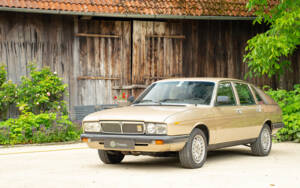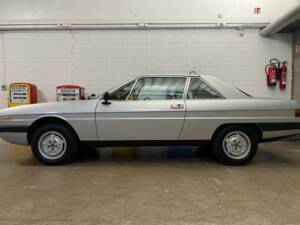Lancia Gamma classic cars for sale
The Lancia Gamma, produced from 1976 to 1984, represents one of the final independent engineering achievements from Lancia before full Fiat integration. Available as the Berlina fastback saloon and a distinct Coupé, both with Pininfarina styling, the Gamma is known for its advanced boxer engines and exclusive Italian design. Its rarity and unique technical character make it a stand-out choice for connoisseurs of sophisticated European classics.
Search results

1981 | Lancia Gamma 2000
CARBURATORI TIPO 830 AC2 2 – SICURA RIVALUTAZIONE – CONSERVATO – SUPERPREZZO
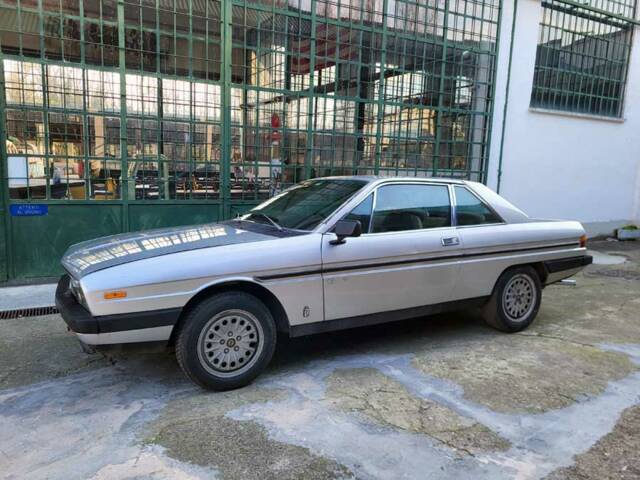
1979 | Lancia Gamma Coupe 2000
Lancia Gamma 2000 Coupè I Serie – 1979
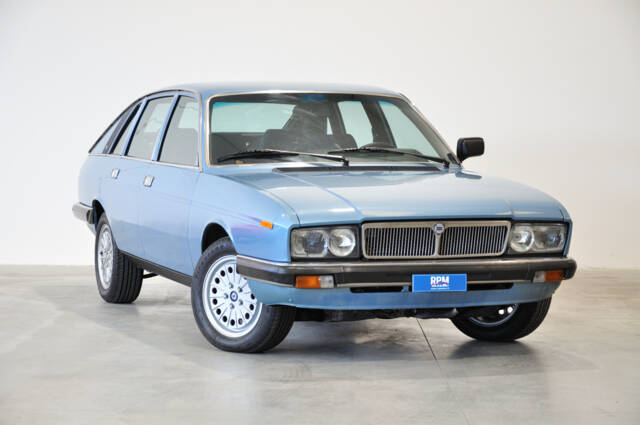
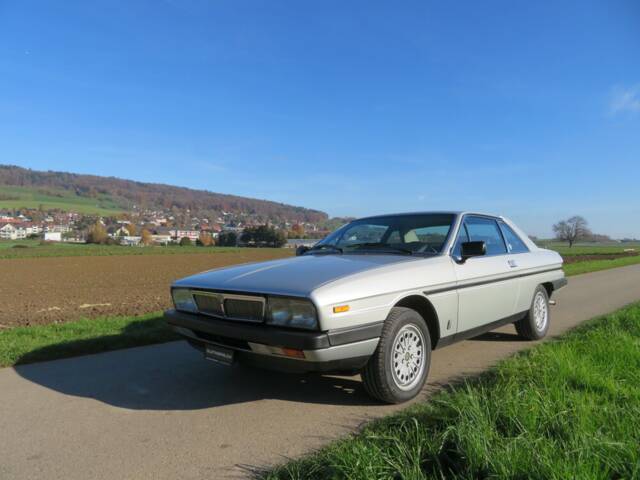
1981 | Lancia Gamma Coupe 2500 I.E.
Seltenes Lancia Gamma Coupé - MFK 11.2024 Veteran!
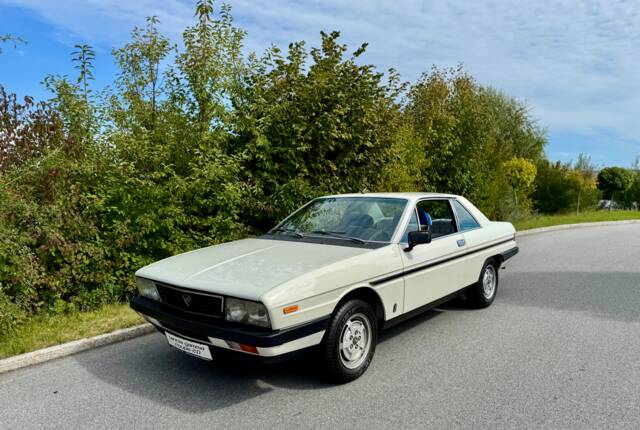

1977 | Lancia Gamma 2000
Motor überholt! Originalzustand!

1978 | Lancia Gamma Coupe 2500
Lancia Gamma
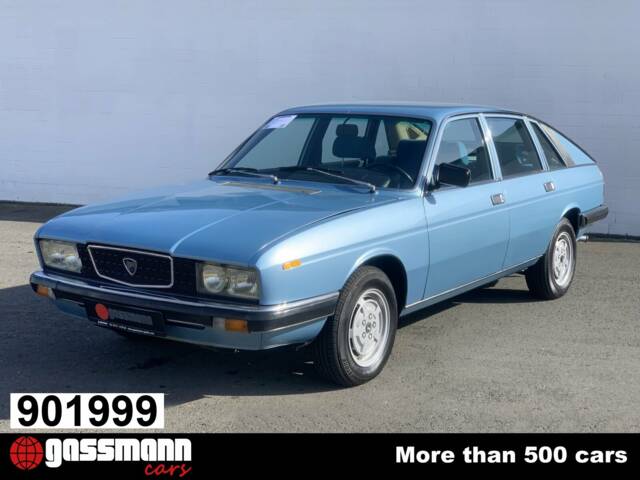
1979 | Lancia Gamma 2500
Gamma Berlina 2500
History of the Lancia Gamma
Debuting at the 1976 Geneva Motor Show, the Lancia Gamma filled the executive segment in Lancia’s line-up, succeeding the Lancia 2000 and closing the era of completely in-house engineered Lancias. Pininfarina designed both the Berlina saloon and the Coupé, with the Coupé getting the attention of design chief Aldo Brovarone. At launch, the Gamma’s conservative, robust styling stood as a counterpoint to the competition. The Berlina, with its fastback silhouette yet traditional boot, and the Coupé, with Ferrari 412 design cues, gave the range sophistication and presence. The Gamma replaced the previous Lancia Flavia/2000 and was followed by the Lancia Thema in 1984.
Model history and development
Lancia introduced the Serie 1 Gamma from 1976/77, followed by a lightly revised Serie 2 from 1978, with the main facelift in 1980 bringing Bosch L-Jetronic fuel injection and new interior and exterior finishes. The Gamma range included both the Berlina and the Coupé; each had unique bodywork except for shared frontal components. The Coupé, available from 1977, saw limited production—just 6,789 examples—while the Berlina accounted for 15,272 units. Particularly rare are the 2.0-litre Coupé models, with only about 1,265 to 2,465 produced according to different sources. By the end of production in 1984, only 34 Berlina models were completed.
Highlights and distinctive features of the Lancia Gamma
The Gamma showcases Lancia’s hallmark engineering with its flat-four boxer engine, front-wheel drive, and independent development away from Fiat mechanicals. Pininfarina’s influence is visible in both saloon and coupé designs, and the advanced fastback silhouette set a low drag benchmark for its day. The model features refined details like Lancia-L fabric patterns, a driver-accessible oil check button, and a characteristic low bonnet on the Coupé. The car is authentic to its Italian legacy, with models often originally registered in Italy and carrying desirable provenance such as ASI Targa Oro certification.
Technical Data
Special Editions and Collectible Models
Rare in the range are the 2.0-litre Coupés, produced in very small numbers, making them especially notable among collectors. The 'Iniezione' models, introduced with fuel injection during the 1980 facelift, offer improved efficiency and smooth power delivery. Some Gamma vehicles have received certifications such as ASI Targa Oro or Lancia Gamma Club Italia, indicating particular historic value.
Weak Spots and Typical Issues
Engine reliability represents the major challenge with the Gamma, especially regarding oil leaks, worn cam belts, and overheating—particularly in early models. Cam-belt problems were exacerbated by power steering loads, with failures reported under full steering lock. Later iterations saw most of these issues rectified, but thorough service history and preventative maintenance are crucial. Parts unique to the model, especially engine and bodywork components, may require sourcing through specialist suppliers, with electrics and hydraulics sometimes demanding expertise.
Engine, Transmission, and Driving Experience
The Gamma’s boxer engine, designed for a low centre of gravity, delivers uncharacteristically smooth and stable handling for a front-wheel-drive executive car. Its five-speed manual enhances long-distance cruising, while the Bosch L-Jetronic injection in later models gives efficient response. Coupé models pair performance with style, offering acceleration from 0–100 km/h in about 12 seconds, and a high-speed range close to 200 km/h. Standard alloy wheels and sophisticated ride comfort foster relaxed, yet engaging journeys. 1. Lancia Gamma Coupé 2.5 (140 PS, manual): notable for performance and rarity 2. Lancia Gamma Berlina Serie 2: facelift models with injection and improved drivability
Interior, Comfort, Exterior Design and Accoutrements
Both Berlina and Coupé models were styled by Pininfarina, with the Coupé penned by Aldo Brovarone. Design signatures include the Lancia-L seating pattern fabric, inward-curved door handles, and a low, aerodynamically optimised nose especially for the Coupé. An extensive option list included climate control, electric windows and mirrors, and plush velour or optional leather seats. Distinct shades and lighter colours arrived with the facelift, while refined cabin details and quality materials marked Lancia’s upmarket ambitions. The body was thoughtfully rust-protected and featured a robust chassis and underbody engineering.
Further Details and Noteworthy Features
The Gamma’s chassis was engineered predominantly without Fiat components, confirming it as one of the last 'pure' Lancias. Surprisingly high efficiency for the era is reflected in period energy class A ratings and Euro 0 emission standard compliance. Many examples remain coveted by Italian collectors, especially those with original registration and historic certifications. Clever solutions include an oil quantity check button on the dash, unique for its time, and thoughtful cargo capabilities, including a 470-litre boot and maximum trailer loads up to 1,270 kg.
Summary
The Lancia Gamma bridges innovative Italian engineering, Pininfarina artistry, and rare, sophisticated driving experiences. Its blend of robust technical development, distinct design, and limited production render it a compelling choice for enthusiasts who value individuality and technical craft. Buyers should focus on well-maintained models, particularly the rare Coupé and Serie 2 editions, to enjoy the Gamma’s full potential on the road or as a piece of Lancia history.





